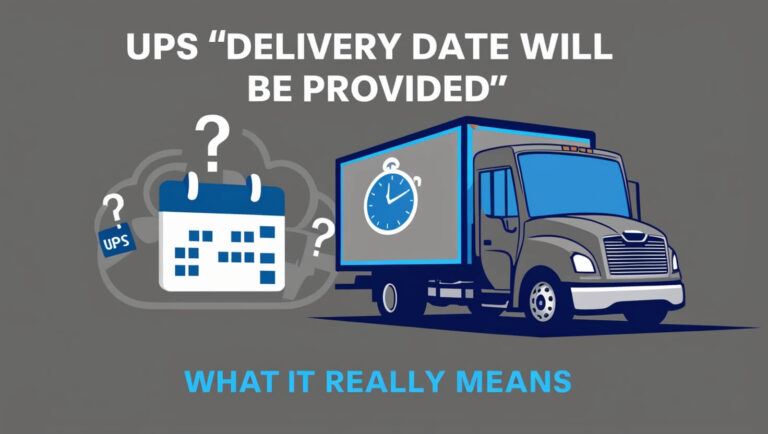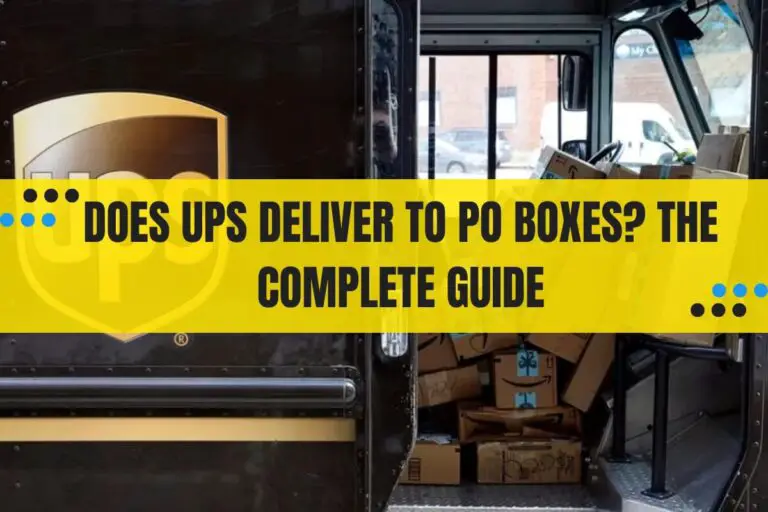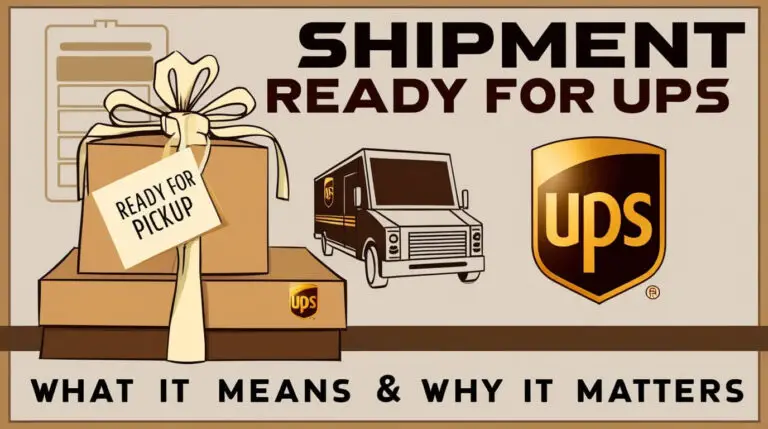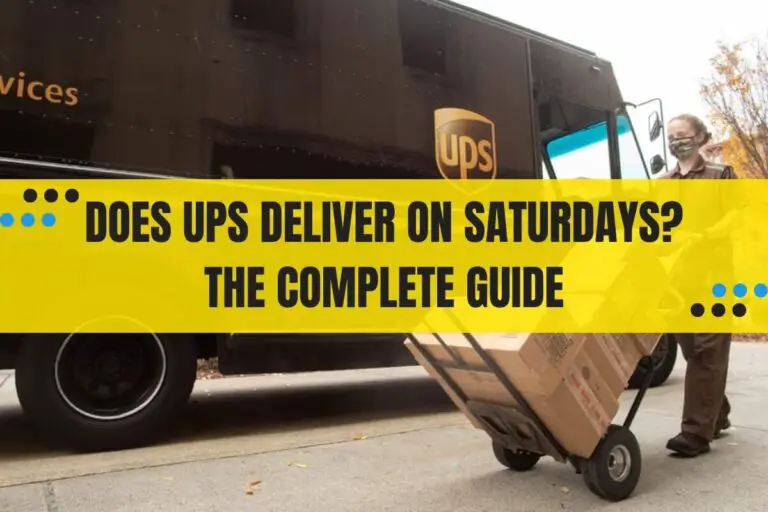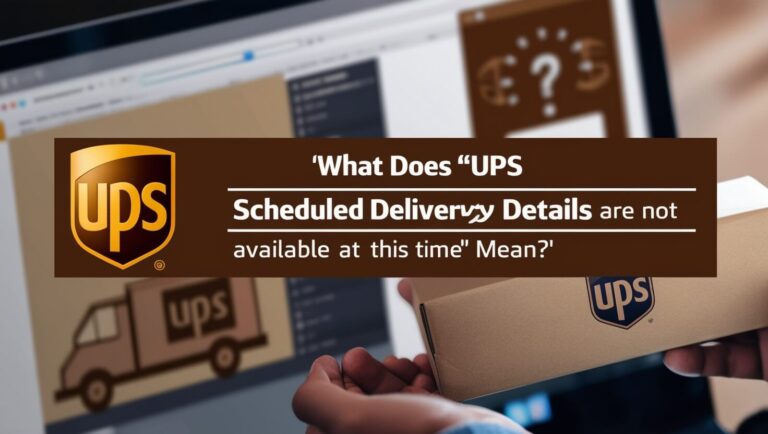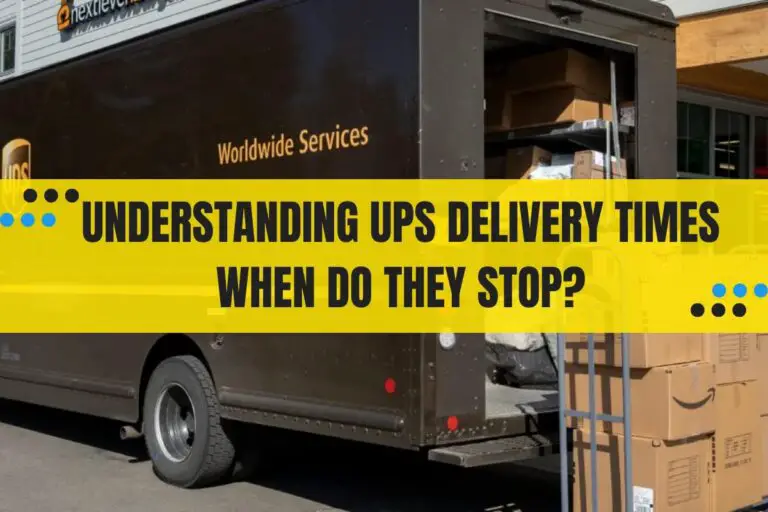What Are UPS Overgoods? A Comprehensive Guide
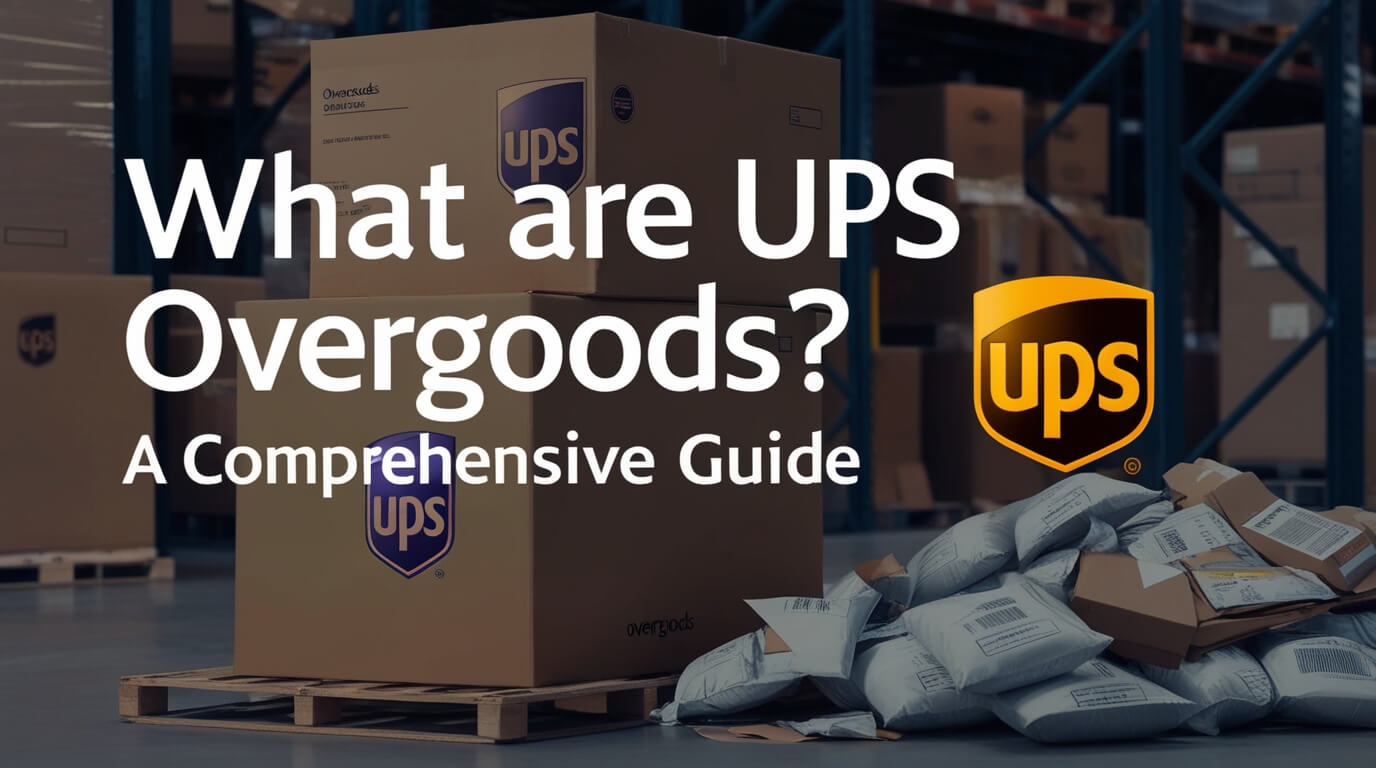
UPS overgoods are packages or items that have become separated from their original shipment or lost their identifying information during transit. These items end up in special facilities where UPS attempts to reunite them with their rightful owners or senders. This guide explores the world of UPS overgoods, explaining how they occur, how they’re handled, and what you can do if your package becomes an overgood.
Understanding UPS Overgoods
Definition of UPS Overgoods
UPS overgoods refer to items or packages that have lost their way in the UPS shipping system. This can happen for various reasons, such as damaged packaging, detached labels, or items falling out of their containers during transport. When these situations occur, UPS categorizes these items as overgoods and sends them to special facilities for processing.
How UPS Overgoods Occur
Overgoods situations arise more often than you might think. With millions of packages moving through the UPS network daily, it’s inevitable that some items will go astray. Common scenarios include:
- Packages breaking open during handling
- Shipping labels falling off or becoming unreadable
- Items slipping out of their packaging
- Multiple small items shipped together becoming separated
While UPS strives for perfection, the sheer volume of packages they handle makes overgoods an unavoidable reality.
The Journey of UPS Overgoods
Identification Process
When UPS staff discover loose items or packages without proper identification, they initiate the overgoods process. This begins with a thorough examination of the item to find any clues about its origin or destination.
Containment Procedures
Once identified as an overgood, items are carefully documented and sent to dedicated overgoods facilities. Here, specialized teams work to match overgoods with their original shipments or identify their rightful owners.
Common Causes of UPS Overgoods
Packaging Issues
Poor packaging is a leading cause of overgoods. Boxes that are too weak, improperly sealed, or overfilled can easily break open during transit. This leaves contents vulnerable to becoming separated from their shipment.
Labeling Problems
Clear, secure labeling is crucial for successful delivery. Labels that are loosely attached, printed with low-quality ink, or exposed to moisture can become unreadable or detach completely. This leaves packages without vital routing information.
Handling and Transit Mishaps
Despite careful procedures, accidents can happen during the shipping process. Packages may be dropped, crushed under heavier items, or jostled during transport. These incidents can lead to items becoming overgoods.
UPS Overgoods Department: Behind the Scenes
Role and Responsibilities
The UPS Overgoods Department plays a crucial role in reuniting lost items with their owners. Their responsibilities include:
- Carefully cataloging all incoming overgoods
- Investigating possible origins of items
- Attempting to match overgoods with open claims
- Securely storing items while research is ongoing
Processing UPS Overgoods
Processing overgoods is a meticulous task. Staff examine items for any identifying marks, scan barcodes if present, and cross-reference with shipping records. They also use sophisticated inventory systems to track and manage overgoods efficiently.
Recovering Lost Packages: UPS Overgoods Process
Steps for Shippers
If you’re a shipper and suspect your package has become an overgood:
- Contact UPS customer service immediately
- Provide detailed information about the shipment
- File a formal claim if necessary
- Stay in touch with UPS for updates
Steps for Recipients
As a recipient waiting for a package that hasn’t arrived:
- Check the tracking information for any updates
- Contact the sender to confirm shipping details
- Reach out to UPS with the tracking number
- Be patient, as the overgoods process can take time
Preventing UPS Overgoods: Best Practices
Proper Packaging Techniques
To minimize the risk of your shipment becoming an overgood:
- Use new, sturdy boxes appropriate for the item’s weight
- Fill empty spaces with packing material to prevent shifting
- Seal all seams with strong packing tape
- Consider double-boxing valuable or fragile items
Effective Labeling Strategies
Proper labeling is crucial:
- Use clear, waterproof labels
- Include both sender and recipient addresses
- Add a duplicate label inside the package
- Consider using UPS-provided labels for consistency
UPS Overgoods: Facts and Statistics
Frequency of Overgoods Occurrences
While exact numbers aren’t publicly available, it’s estimated that less than 1% of UPS shipments become overgoods. This may seem small, but with millions of daily shipments, it still results in thousands of overgoods cases.
UPS Handling Capacity and Overgoods Ratio
UPS handles over 20 million packages daily. Even with a tiny fraction becoming overgoods, that’s potentially thousands of items entering the overgoods system each day. This highlights the importance of proper packaging and labeling.
The Impact of UPS Overgoods on Businesses and Consumers
Financial Implications
Overgoods can have significant financial impacts:
- Businesses may face costs of replacing lost items
- Shipping delays can lead to customer dissatisfaction
- Time and resources are spent tracking down lost packages
Customer Satisfaction Concerns
When packages go missing:
- Customers may lose trust in the shipping process
- Businesses may face negative reviews or lost repeat customers
- Customer service teams deal with increased inquiries and complaints
UPS Overgoods vs. Other Carriers’ Lost Package Procedures
Comparing UPS, FedEx, and USPS Approaches
While all major carriers have processes for handling lost or misdirected packages, there are differences:
- UPS uses the term “overgoods” specifically
- FedEx refers to a similar process as “package research”
- USPS operates Mail Recovery Centers for undeliverable items
Each carrier has unique procedures, but all aim to reunite lost items with their owners.
Legal and Ethical Considerations of UPS Overgoods
Ownership and Liability Issues
The legal status of overgoods can be complex:
- Technically, items in transit belong to the sender
- Carriers have limited liability for lost or damaged goods
- Insurance can provide additional protection for valuable shipments
Privacy Concerns
Handling overgoods requires balancing efficiency with privacy:
- UPS must protect personal information while investigating overgoods
- Opening packages to identify owners raises privacy questions
- Strict protocols are in place to maintain confidentiality
Future of UPS Overgoods Handling
Technological Advancements
UPS is always looking to improve its processes:
- AI and machine learning may help predict and prevent overgoods situations
- Advanced tracking technologies could reduce the occurrence of lost packages
- Automated sorting systems may decrease human error in package handling
Potential Improvements in Process
Possible future enhancements include:
- More accessible claim filing systems for customers
- Faster processing times for overgoods
- Improved communication channels for updates on lost items
Conclusion
Understanding UPS overgoods is crucial for anyone who ships or receives packages regularly. While the process can be frustrating, knowing how overgoods occur and how they’re handled can help you navigate the situation if it arises. By following best practices for packaging and labeling, you can significantly reduce the risk of your shipments becoming overgoods. Remember, if you find yourself dealing with a potential overgood situation, act quickly and stay in close communication with UPS. With patience and persistence, many overgoods are successfully reunited with their owners, ensuring that your important shipments reach their intended destinations.

